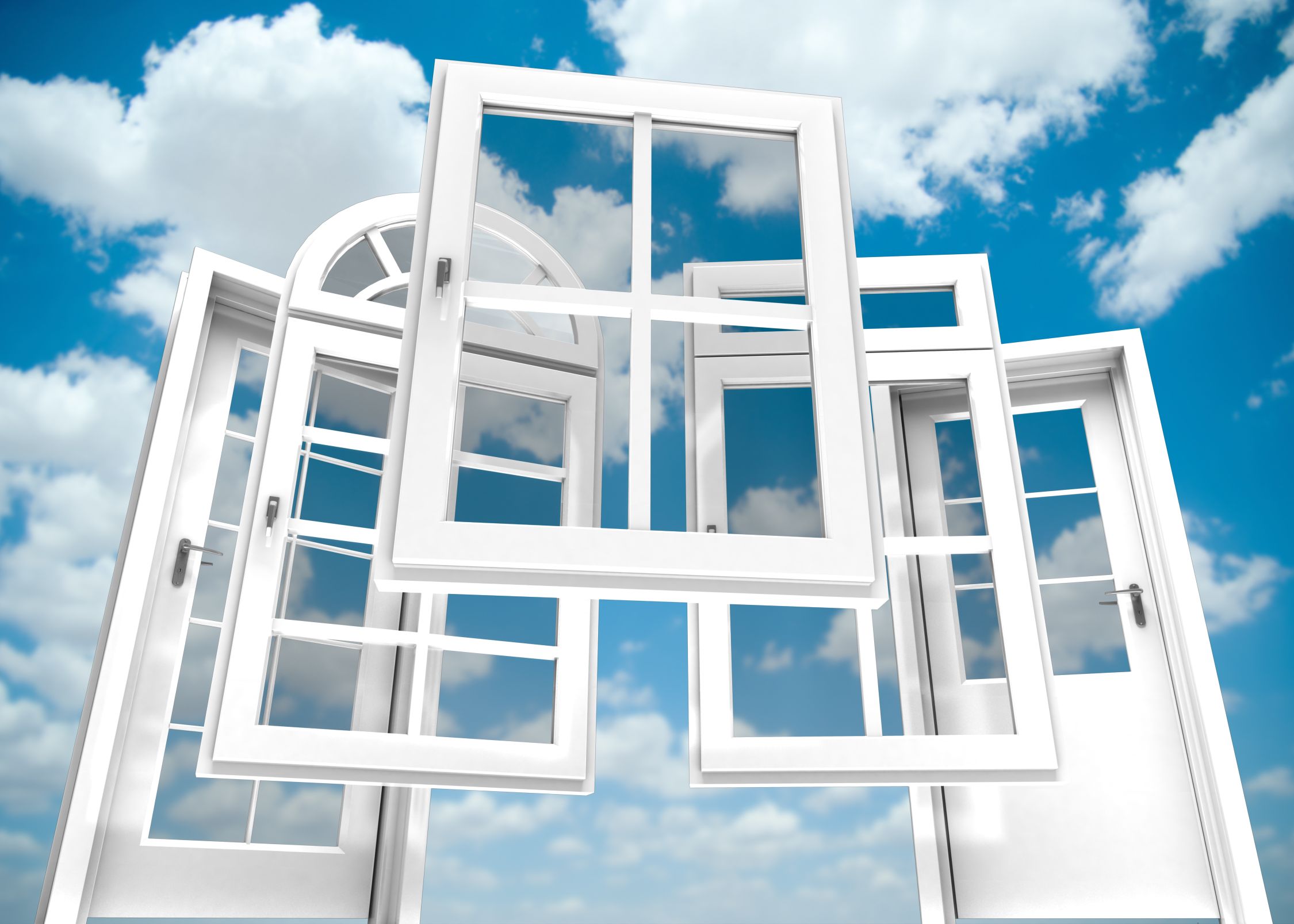High Efficiency Windows - Which Are The Best
A homeowner really cannot limit himself to the "look" or style of his windows any longer, not in this green-conscious world of ours, or in this economy. He must look to energy efficient windows to maintain an energy-conscious home, one where he can minimize heating and cooling costs. To that end, he'd better consider high efficiency windows-which are the best?
"High efficiency windows-which are the best" isn't a difficult question, just a fairly complicated one, since the homeowner has to consider four factors that minimize heating and cooling costs, so he can choose energy efficient windows to fit his particular housing situation.
The first factor to consider is the frame; since wood is a poorer conductor of heat and cold than metal is, it's natural to assume that a wood frame is the best choice. However, there are also relatively inexpensive vinyl frames that work well, offering excellent energy conservation and air-tight construction. The only caveat is the lack of color selection, and the fact that people simply prefer wood.
Wood frames are an excellent, if pricey, investment, as they offer the best value for insulation in northern climes, but one should remember that their upkeep is more continuous, and they may not be the best value for insulation in humid climates (wood tends to rot more easily). The higher-quality species and cut of the wood, the better-after all, many centuries-old wood homes are still quite serviceable thanks to the quality of their building materials.
The best frame as a compromise may be a wood-clad, which offers a vinyl covering encasing a wood interior, although these can also rot in heavily humid climates over time.
The second factor to consider is glass. Numerous firms offer triple insulation impacted between dense gases in their glass windows, but according to most experts, that's gilding the lily. A double-paned glass window (low-E brand) with a vacuum-sealed filling (the best is argon) will add about $40 to the cost of a window, but it will make an enormous difference in energy costs, and more insulation than that is really not needed. The windows this produces will shield the house from UV and heat rays and prevent the escape of heat in the winter. Anyone looking to choose energy efficient windows with this kind of glass has looked far enough.
The next factor to consider is design. A double-hung window, the traditional window unit in most homes (especially pre-war) is efficient, except in extreme climates where the cracks in the bottom and seam near the top can let in cold or warm air, especially in breezy weather.
If wind is a big issue, one can consider casement windows where the windows crank open-these actually seal tighter with a wind blowing. The hinges and seals do require maintenance, but they are stable and efficient year round. If one has a picture window that doesn't open, that can still be low-E argon-filling sealed, and it will be the most energy-efficient window in the house.
The final factor is installation. One should beware of a contractor who takes short cuts in window installation, relying too heavily on sealants or expanding foams, as these particular additive materials are not waterproof, and will lead to problems-yes, even windows falling out of their frames-particularly during heavy weather. The waterproofing for a window should be done long before the window is actually installed, with the elements set directly in the frame. Caulking, although it is the simplest part of the procedure, should be also painstakingly detailed, since it should last a lifetime.
Those are the four factors to consider in purchasing and installing windows, and it provides four answers to the question, "high efficiency windows-which are the best?"
Category: Windows - Vinyl
Related Articles
Business News
Popular Posts
- Universal Pursuit of Happiness - Wisdom from World Religions
- Overcoming Ego and Self-Centeredness - Lessons from World Religions
- Transcending Materialism - Spiritual Practices from World Religions
- Overcoming Prejudice and Intolerance - Guidance from Global Faiths
- How Mind Balance Can Improve the Mindsets of Employees
- Interfaith Insights by 1WorldPeace - The Top 100 Universal Beliefs in Global Spirituality
- Bridging Beliefs - Finding Common Ground in Love and Respect
- The SmartGuy Vision - A United Future Through Interfaith Love and Respect
- A Cautionary Vision - The Grim Future of a Divided World Without Love and Balance
- A Tapestry of Faiths - Exploring the Common Threads in World Religions
- Fostering Harmony Among Christianity Islam Buddhism Hinduism and Judaism
- Preparing Kids for Adulthood - 15 Vital Skills They Wont Learn in School
- Navigating Diversity - Jerusalem's Tactical Approach to Interfaith Harmony
- Clearing Mental Plaque: The Path to Enhanced Communication and Divine Connection
- Why Return to Jesus Christ and the Church
- Top 50 Ways to Live Longer
- Adventurous Romance -The Key to Enhancing Relationship Chemistry
- Pork Tenderloin with Mustard Cream Sauce
- Navigating Technology and Media for Optimal Mental Well-Being
- Understanding the Link Between Mental Health and Substance Abuse
